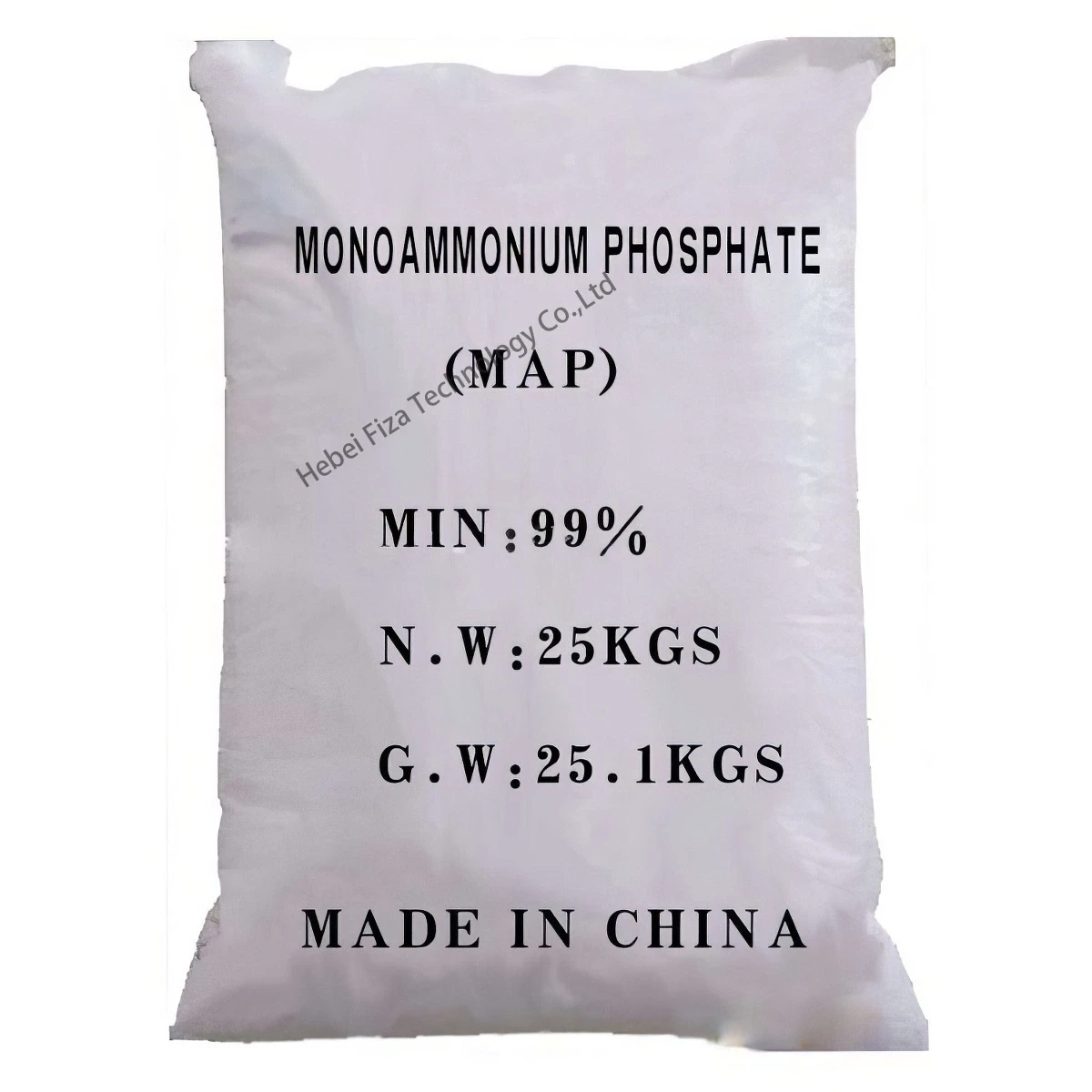



sodium chlorate hazards
Understanding the Hazards of Sodium Chlorate
Sodium chlorate (NaClO3) is a widely utilized chemical compound primarily known for its application as a herbicide, bleach, and as a precursor in the production of chlorine dioxide. While sodium chlorate is an effective herbicide, its use comes with significant hazards that must be understood and managed to ensure safety for both human health and the environment.
Understanding the Hazards of Sodium Chlorate
Inhalation of sodium chlorate dust or vapors poses serious health risks. Exposure can irritate the respiratory tract, resulting in coughing, shortness of breath, and other pulmonary complications. Prolonged exposure may cause more severe respiratory issues, highlighting the importance of proper handling techniques, including the use of personal protective equipment (PPE), such as masks and respirators. Employers should provide adequate training to workers in industries that utilize sodium chlorate to ensure they are aware of these hazards and how to mitigate them.
sodium chlorate hazards

Another significant concern is the potential for skin and eye irritation upon direct contact with sodium chlorate. This compound can cause dermatitis and other skin reactions, making it critical for individuals handling sodium chlorate to wear protective clothing and eye protection. In case of accidental skin or eye exposure, the affected area should be thoroughly washed with plenty of water, and medical attention should be sought if irritation persists.
Environmental hazards also pose a concern with sodium chlorate. When introduced into water systems, it can be detrimental to aquatic life. Sodium chlorate is toxic to fish and other aquatic organisms, leading to ecosystem imbalances. Proper disposal methods must be followed, and any spills should be contained immediately. Regulations surrounding the use and disposal of sodium chlorate should be strictly adhered to in order to minimize environmental damage.
It is also essential to consider the effects of sodium chlorate on plant life. While it is used as a herbicide, its residual effects can have far-reaching implications on soil health and biodiversity. Misapplication or overuse can lead to long-term soil degradation, affecting agricultural practices and natural ecosystems.
In conclusion, while sodium chlorate is an effective chemical with various applications, its associated hazards cannot be overlooked. Proper handling, storage, and disposal are crucial in mitigating its potential risks. Awareness and education about these hazards are vital for anyone who interacts with sodium chlorate, whether in an industrial setting or agricultural context. Regulatory compliance and adherence to safety protocols will not only protect workers and the environment but will also promote responsible use of this powerful oxidizing agent. By understanding and respecting the dangers posed by sodium chlorate, we can harness its benefits while minimizing its risks.
-
Why Sodium Persulfate Is Everywhere NowNewsJul.07,2025
-
Why Polyacrylamide Is in High DemandNewsJul.07,2025
-
Understanding Paint Chemicals and Their ApplicationsNewsJul.07,2025
-
Smart Use Of Mining ChemicalsNewsJul.07,2025
-
Practical Uses of Potassium MonopersulfateNewsJul.07,2025
-
Agrochemicals In Real FarmingNewsJul.07,2025
-
Sodium Chlorite Hot UsesNewsJul.01,2025










